As guided tourism gave way to adventure tourism, followed by eco-tourism becoming the in-thing, I’m finding myself thoroughly enjoying cultural tourism, where mingling with the locals, picking up snippets of their traditions and an understanding of their views on life become the focal points of your visit – thus I appreciated Negombo in Sri Lanka.

I immersed myself into life in Negombo, a fishing village on the western coast: spectacular tropical sandy beach, giving way to a coral coastline and an enormous lagoon to the south; a thriving community of one-story houses, numerous schools and monumental churches.
But, above all rules the Indian Ocean!
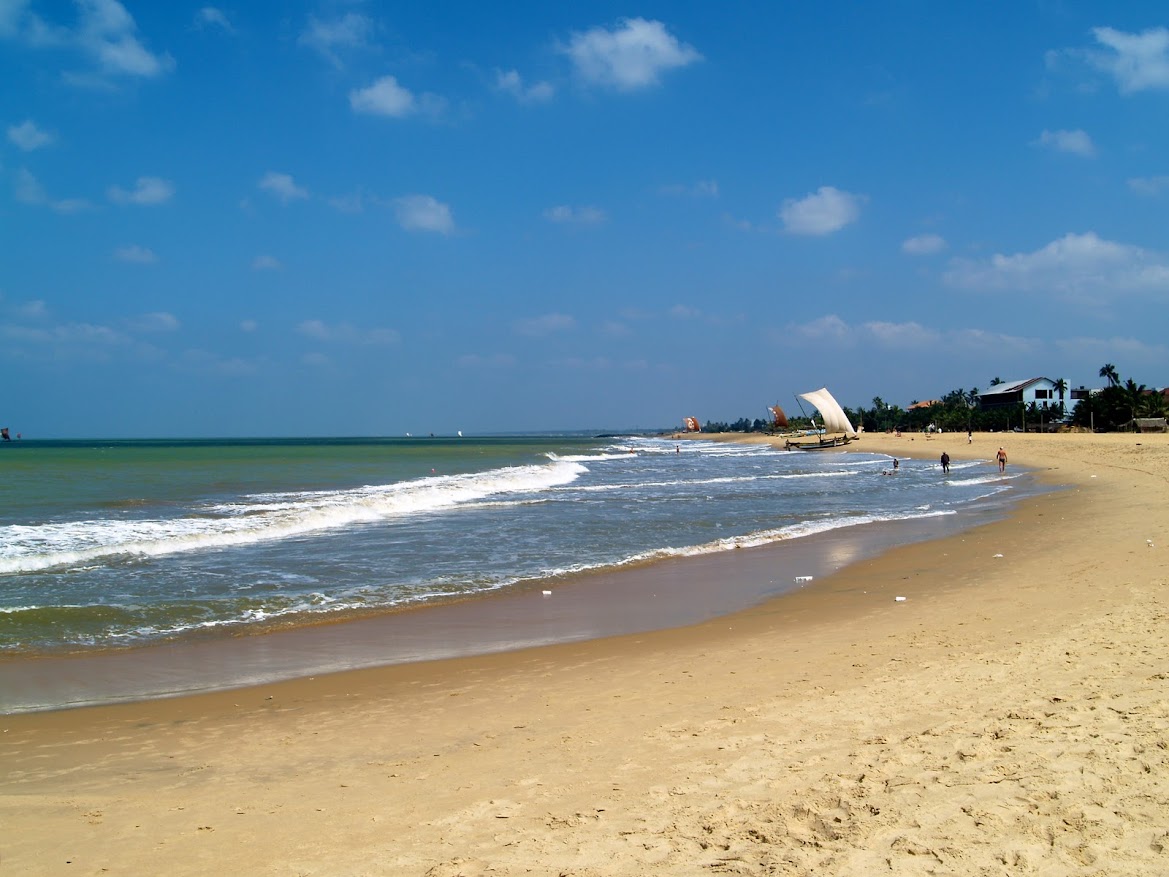
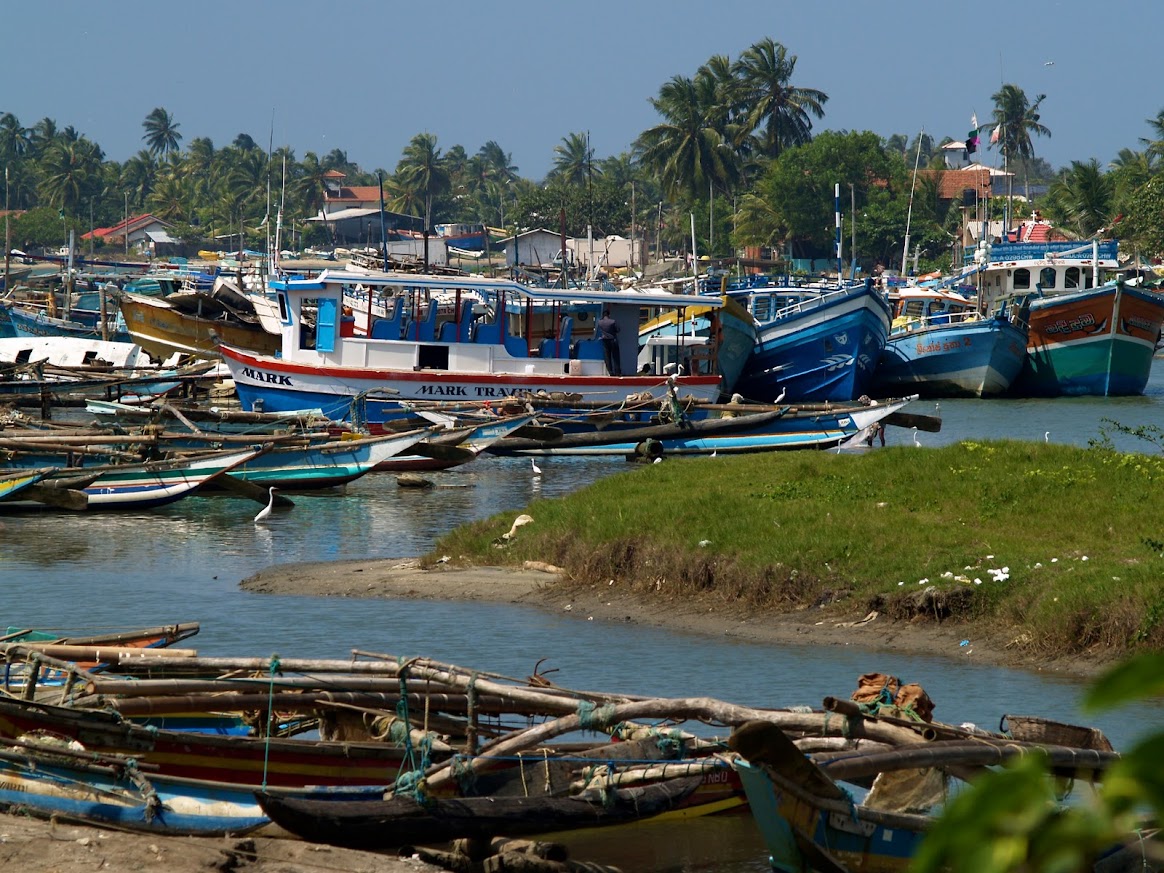


Negombo is often relegated to airport-stopover status, due to the twin fortune of its proximity to the international airport, and the flight hub’s onerous distance to the Sri Lankan capital, Colombo. A 40-kilometre drive may seem reasonable enough, until you find out that adds an extra hour-and-a-half to the journey!
But the flow of airport transfers has spurred a forward-thinking community that holds tight to its heritage yet opens its neighbourly doors to visitors – if cultural tourism is of interest to you, then Negombo will shine on your Sri Lankan experience.

This quiet fishing village has come into its own as a destination, and a noticeable increase in arrivals has pumped optimism locally. Add to that Colombo’s traffic and environmental degradation, and Negombo is starting to present itself as a viable hub for the foreign tourist.
Far from becoming a Pattaya or Bali, Negombo remains a poor fishing village, and unapologetic. But therein lies its beauty. In a world of travel spin, of artificial developments, of marketing smoke and mirrors, Negombo is as genuine as it gets. For how long that remains to be seen – get in early is all I can say.
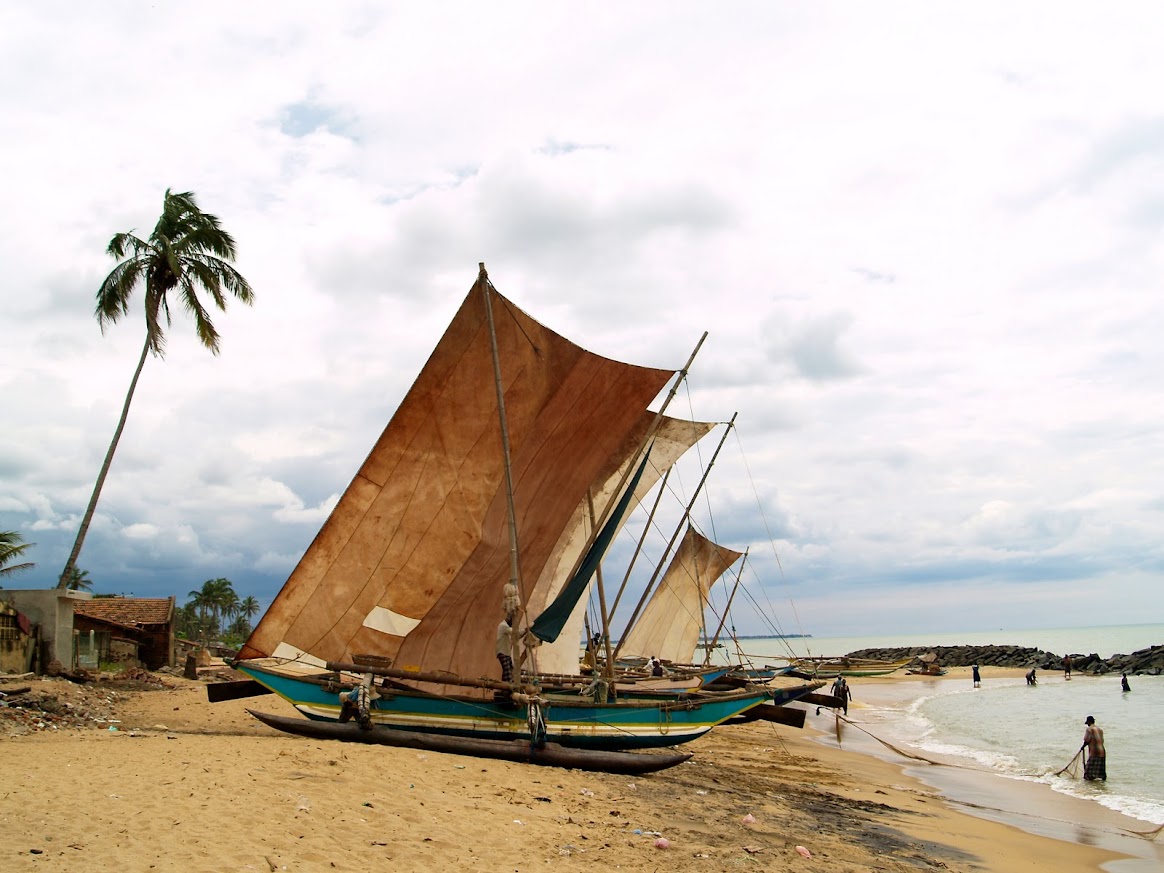
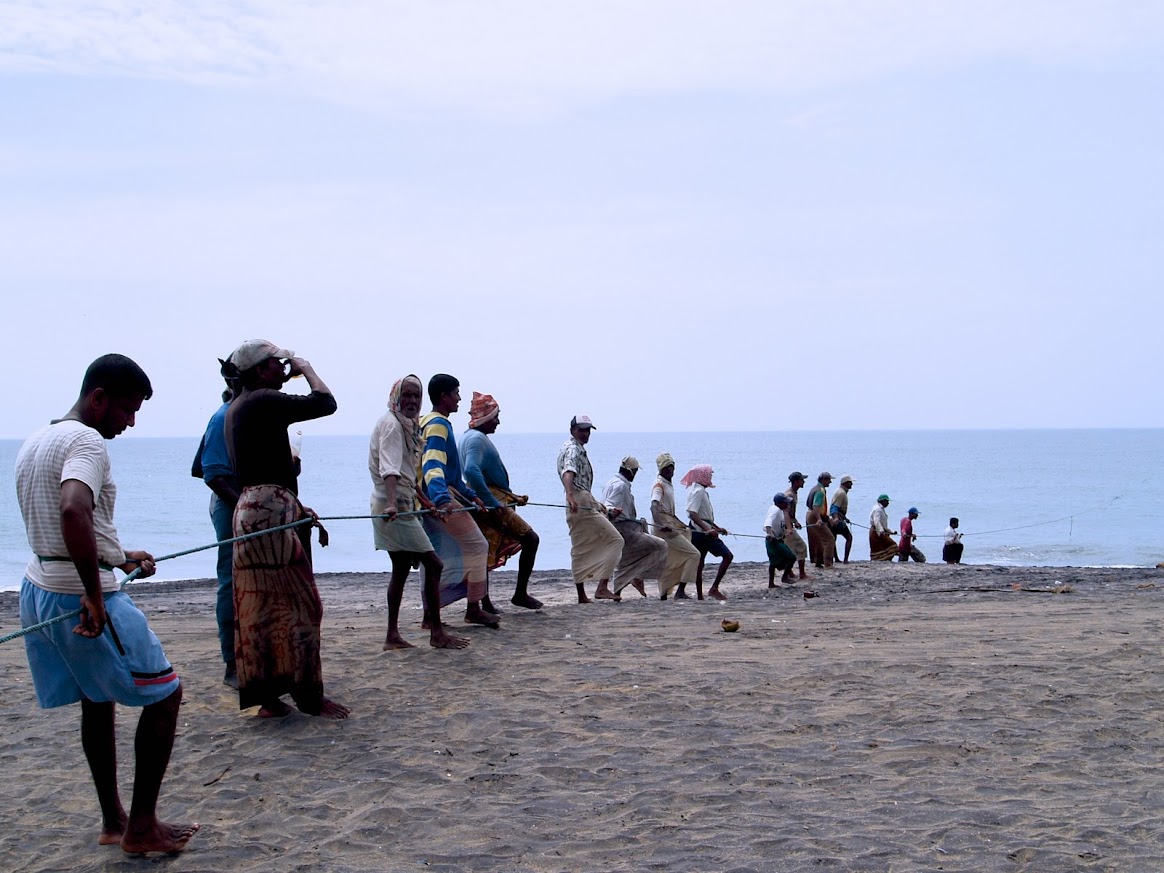
Negombo proper runs along the beach from the fish market at its southern tip, where the lagoon joins the Indian Ocean, up along Sea Street, the main tourist strip and home to the beachfront hotels, to a Muslim community at the northern end.
A case study in inter-faith dialogue, Islamic mosque minarets stand proudly beside Hindu temples, and a giant Buddha statue faces one of the many Roman Catholic churches – so many of these stately cathedrals dot the landscape, and so distinctive are the architectural designs that Negombo is in fact known as “Little Rome”. Indeed, some churches were built during the Portuguese colonial era, and display ceiling affrescos around 120 years old.

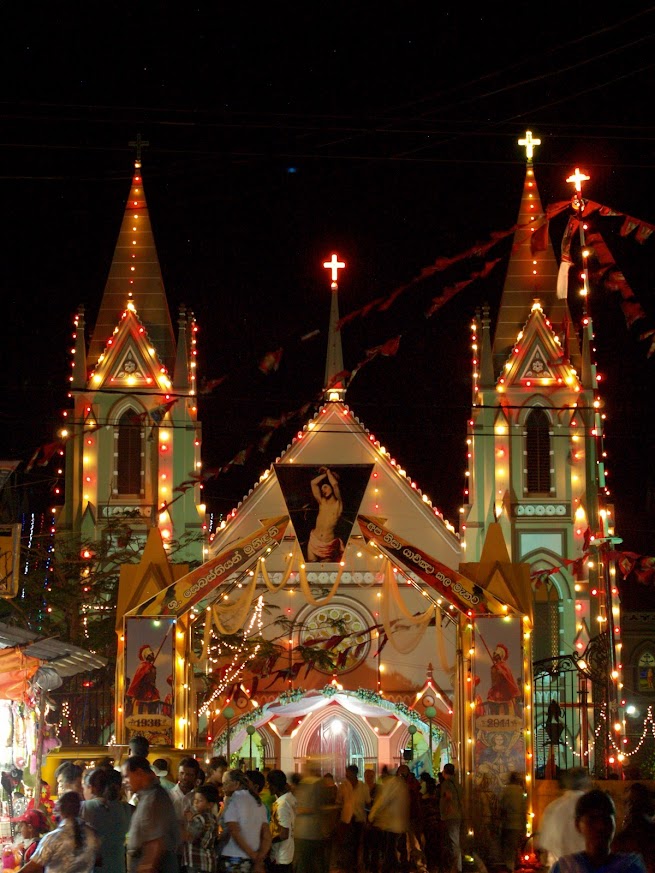
Accommodations to suit all budgets, from the seaside hotels to a stark room for 20 dirhams a night, are available but sadly I was disappointed and cannot recommend any. I ended up boarding with a local family further inland. Negombians are very hospitable people by nature, and the extra income from renting out a room can make a sizeable difference to their monthly income, sometimes tripling it or more!
I hit the jackpot with the lovely Fernando family; Mr Manoj and his wife Srimalka rent out two chalets on their house property. While not technically boarding, I was able to spend some good times with his family, including a full-flung barbeque – Sri Lankans stew their meats before grilling! This is so the flavours of the marinade can be better absorbed into the tender meat: like BBQíng a dry curry!
And the food is superb!
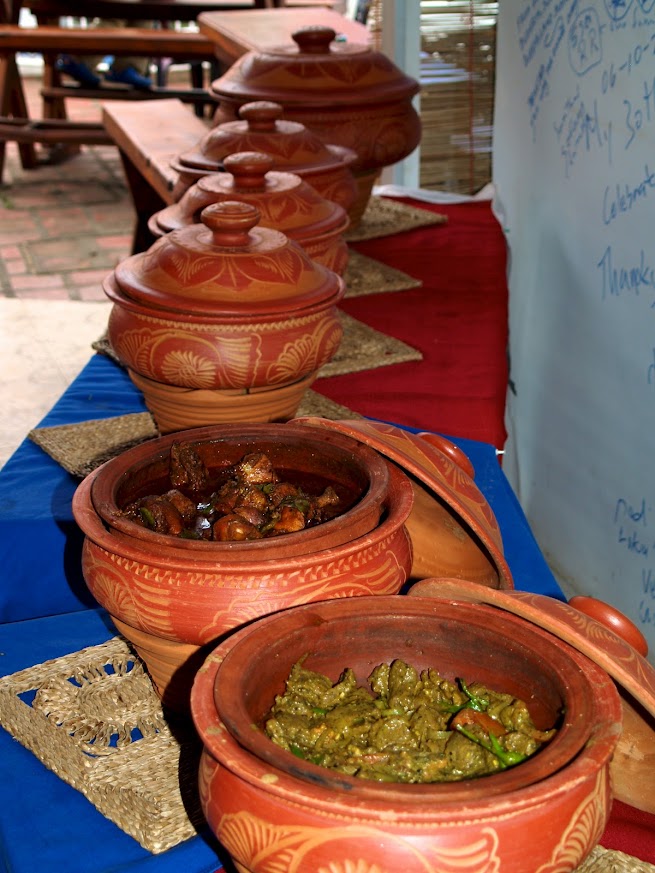
Traffic off the main Colombo road is slow-paced though chaotic at first glance. Three-wheeled tuk-tuks serve as taxis and are both abundant and cheap: 100 rupies, around four dirhams, can take you anywhere around town. My favoured way of transport is either motorbike or bicycle, as they let me stop wherever I like for as long as I want, and fortunately both can be easily rented. In fact, Mr Manoj’s father was kind enough to rent me his own scooter in return of fresh tyres.
Whether you are brave (foolish) enough to drive is up to you!
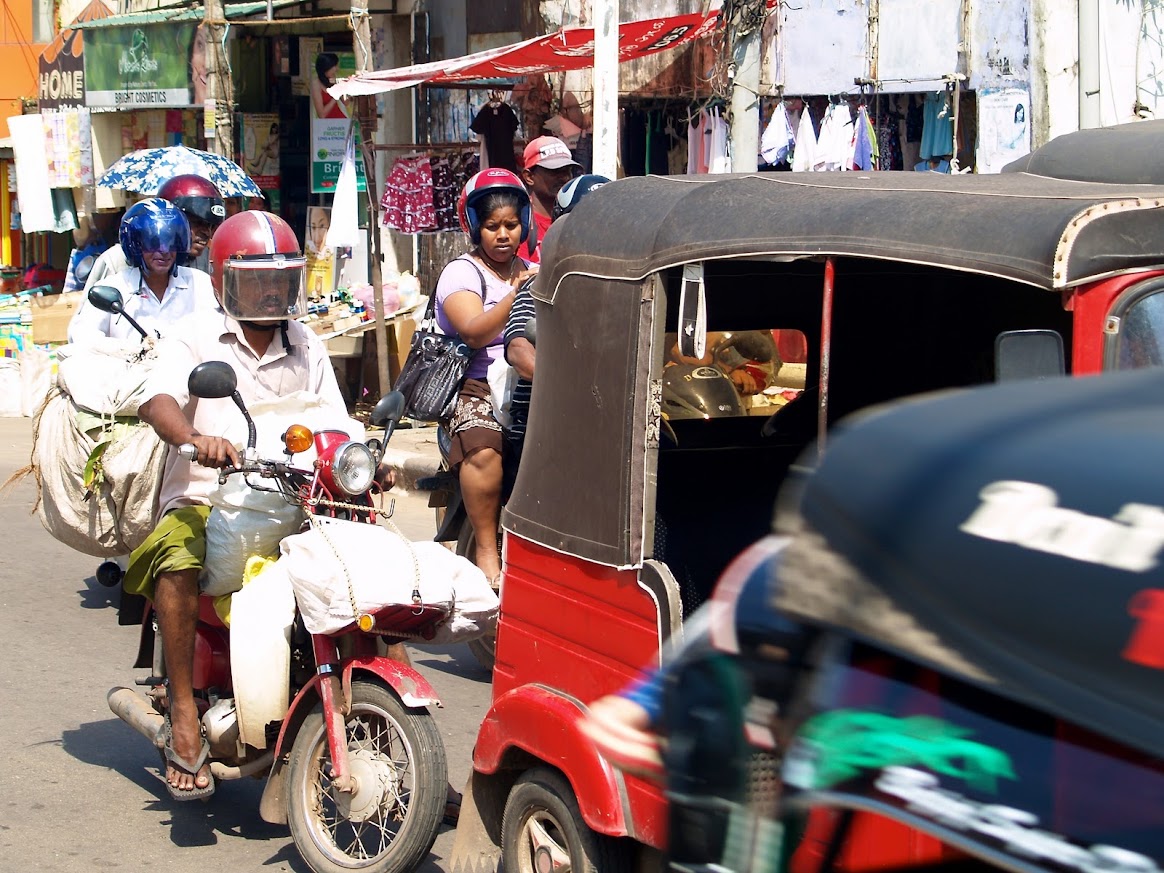
So, next time you are in Sri Lanka, give Negombo a little more than an airport pass-through, and you will be rewarded with a glimpse of an authentic Sri Lanka.
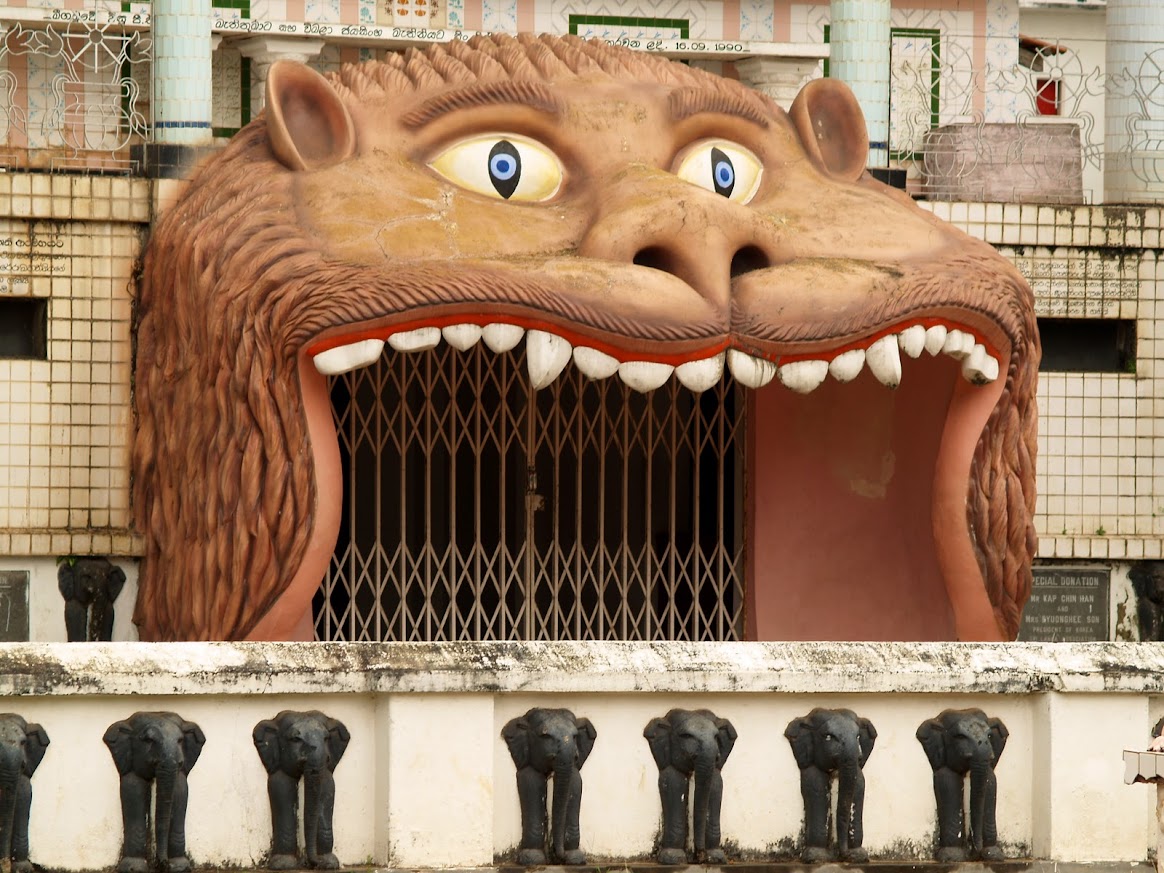
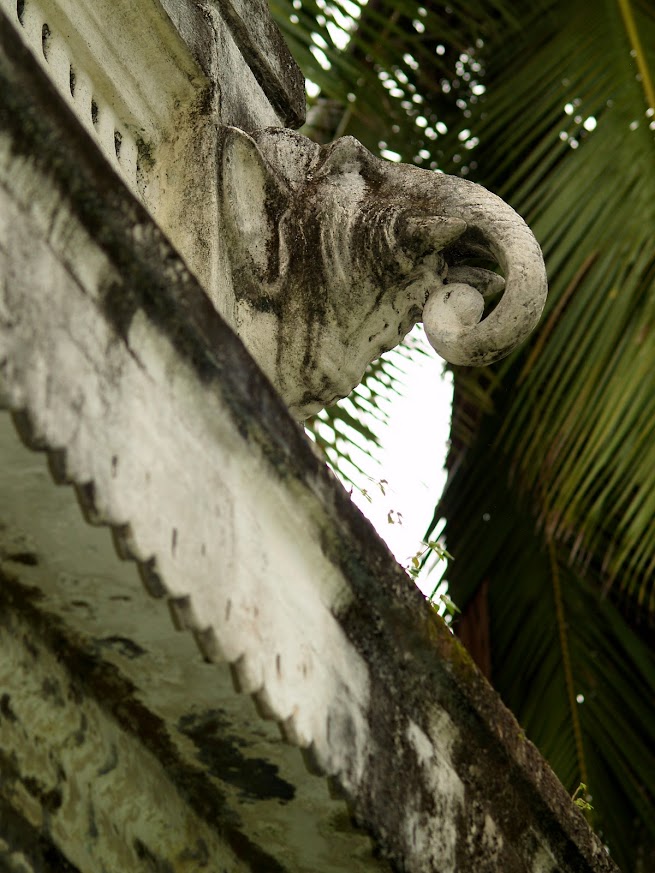
Download the KML file for your GPS by clicking here. Once downloaded, you can import the file into your GPS device and take it on the road, or double-click that file and it will open automatically in Google Earth if you have that installed (all adventurers should! Google Earth).
View Negombo, Sri Lanka in a larger map
My disclaimer is here.
